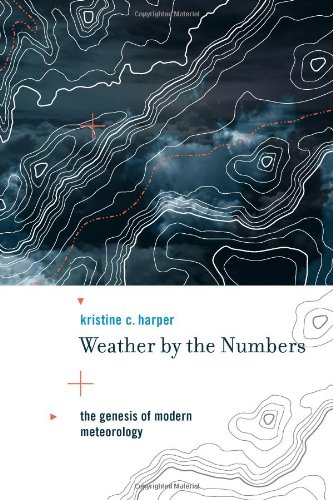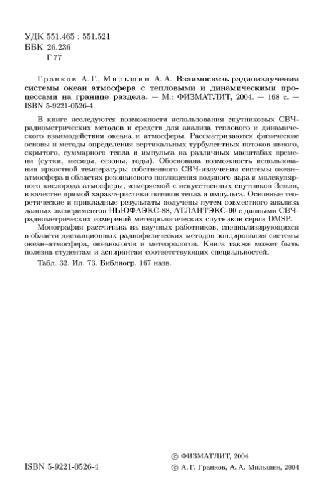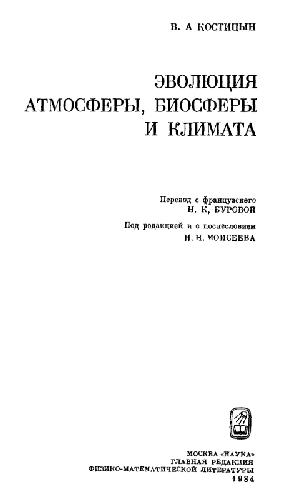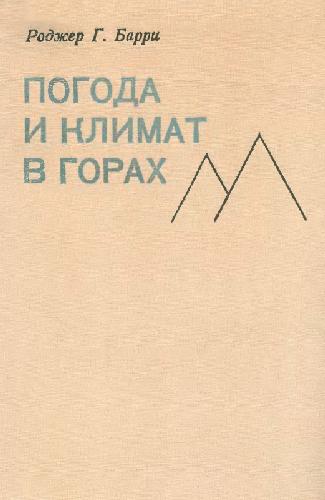Kristine C. Harper0262083787, 9780262083782, 9781435662858
Winning entry, Professional Cover/Jacket Category, in the 2009 New England Book Show sponsored by Bookbuilders of Boston. and Winner, History Category, 2008 ASLI’s Choice Award given by the Atmospheric Science Librarians International. For much of the first half of the twentieth century, meteorology was more art than science, dependent on an individual forecaster’s lifetime of local experience. In Weather by the Numbers, Kristine Harper tells the story of the transformation of meteorology from a “guessing science” into a sophisticated scientific discipline based on physics and mathematics. What made this possible was the development of the electronic digital computer; earlier attempts at numerical weather prediction had foundered on the human inability to solve nonlinear equations quickly enough for timely forecasting. After World War II, the combination of an expanded observation network developed for military purposes, newly trained meteorologists, savvy about math and physics, and the nascent digital computer created a new way of approaching atmospheric theory and weather forecasting. Harper examines the efforts of meteorologists to professionalize their discipline during the interwar years and the rapid expansion of personnel and observational assets during World War II. She describes how, by the 1950s, academic, Weather Bureau, and military meteorologists had moved atmospheric modeling from research subject to operational forecasting. Challenging previous accounts that give sole credit for the development of numerical weather prediction to digital computer inventor John von Neumann, Harper points to the crucial contributions of Carl-Gustav Rossby (founder of MIT’s meteorology program and a member of the “Scandinavian Tag Team” working with von Neumann). This transformation of a discipline, Harper writes, was the most important intellectual achievement of twentieth-century meteorology, and paved the way for the growth of computer-assisted modeling in all the sciences. |
Table of contents :
Acknowledgements……Page 8
Introduction……Page 14
1 A Stagnant Atmosphere: The Weather Services before World War II……Page 24
2 Toward a More Dynamic Atmosphere: Discipline Development in the Interwar Period (1919–1938)……Page 62
3 An Expanding Atmosphere: The War Years (1939–1945)……Page 82
4 Initial Atmospheric Conditions: Scientific Goals, Civilian Manpower, and Military Funding (1944–1948)……Page 104
5 An International Atmosphere: Carl-Gustav Rossby and the Scandinavian Connection (1948–1950)……Page 134
6 Creating a Realistic Atmosphere (1950–1952)……Page 164
7 A Changing Atmosphere: From Developmental to Operational Numerical Weather Prediction (1952–1955)……Page 200
8 A New Atmosphere……Page 238
Notes……Page 254
Bibliography……Page 292
Index……Page 312 |







Reviews
There are no reviews yet.